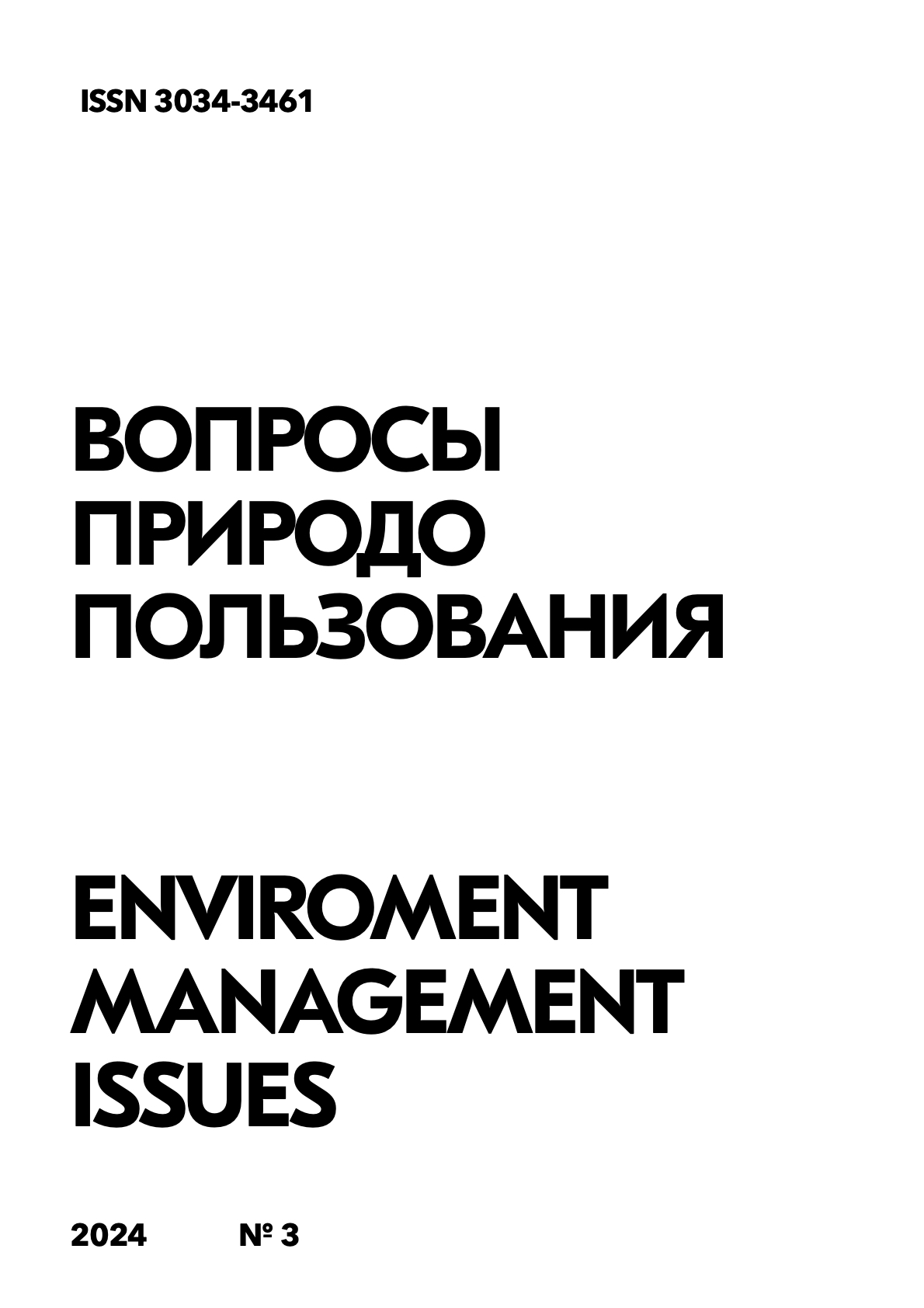The impact of the introduction of the concept of smart cities on the management of municipal resources and improving the quality of life of citizens
Keywords:
electricity, public opinion, social networks, device, managementAbstract
Modern cities face numerous challenges, such as growing populations, limited resources, and the need for sustainable development. The concept of smart cities offers solutions to improve urban management and the quality of life for citizens through the integration of information and communication technologies (ICT). The research utilized both quantitative and qualitative methods, including the analysis of municipal resource data, resident surveys, and interviews with city management representatives. The focus was on specific technologies such as sensor networks, transportation management systems, smart energy grids, and civic engagement platforms. The study showed that the implementation of smart technologies significantly improves the efficiency of resource management, such as water supply, electricity supply, and transportation. For example, the introduction of smart sensors in water supply networks reduced water leaks by 20%, and smart traffic lights reduced travel time by 15%. Enhanced energy management systems led to up to 10% energy savings. It is also important to note an increase in citizen satisfaction with urban infrastructure services. The results demonstrate that the implementation of smart technologies contributes to significant improvements in the management of municipal resources. However, several issues require further consideration, such as data privacy, the resilience of technological platforms, and the social aspects of technology adaptation among different population groups. The implementation of smart city technologies positively impacts the management of municipal resources and improves the quality of life for citizens. However, achieving maximum results requires a comprehensive approach and active participation from all stakeholders, including authorities, businesses, and residents.
References
Байорис А.Р., Ершов А.В., Чернов А.В. Применение концепции «умный город» в территориальном управлении // Регулирование земельно-имущественных отношений в России: правовое и геопространственное обеспечение, оценка недвижимости, экология, технологические решения. 2022. № 1. С. 78-80.
Васильева Е.И., Орфонидий А.В. Оценка эффективности внедрения элементов концепции Smart City в муниципальных образованиях Свердловской области // Alma Mater (Вестник высшей школы). 2021. № 10. С. 94-102.
Васильева Е.И., Орфонидий А.В. Реализация концепции Smart City в городах Уральского федерального округа // Государственное управление. Электронный вестник. 2022. № 94. С. 159-172.
Галицына П.М., Казанцев А.В., Елизарьев А.Н. Анализ особенностей построения концепции умных городов // Естественные и технические науки. 2022. № 5(168). С. 201-208.
Давиденко Д.О., Мелентьева В.В., Татарникова М.А. От умного города к цифровому региону // Вестник Коми республиканской академии государственной службы и управления. Теория и практика управления. 2021. № 2(32). С. 62-64.
Дубровский В.Ж., Рожков Е.В. Проблемы и эффективность управления муниципальным имуществом с использованием цифровых технологий: опыт муниципального образования «город Пермь» // e-FORUM. 2021. Т. 5. № 3(16). С. 2.
Кубрак И.А. Умные технологии городского хозяйства для устойчивого развития Московской агломерации // Вестник Российского нового университета. Серия: Человек и общество. 2021. № 1. С. 95-104.
Набиуллина К.Р. Управление эффективным развитием исторически сложившегося города на основе культурных традиций и «подключенного интеллекта» // Russian Economic Bulletin. 2022. Т. 5. № 1. С. 256-261.
Орловская В.А., Лебедев А.Ю. Внедрение концепции «Умный город» в городе Москве: проблемы, стратегии и меры // ГосРег: государственное регулирование общественных отношений. 2023. № 3(45). С. 77-85.
Петров П.А., Хохлова Н.С. Влияние концепции «Умный город» на инвестиционную привлекательность города // Известия вузов. Инвестиции. Строительство. Недвижимость. 2022. Т. 12. № 4(43). С. 512-520.
Published
How to Cite
Issue
Section
License

This work is licensed under a Creative Commons Attribution-NonCommercial-NoDerivatives 4.0 International License.




